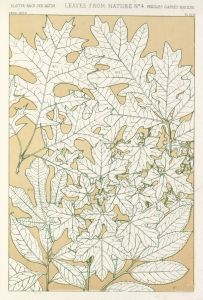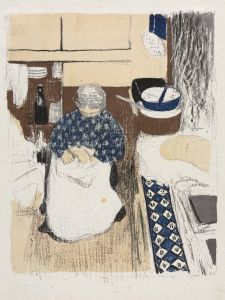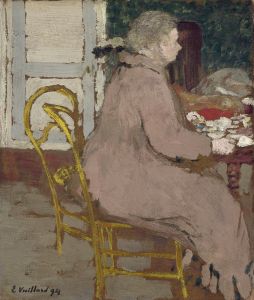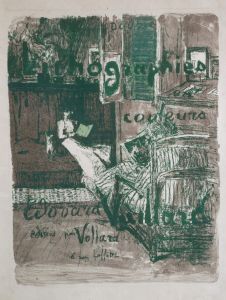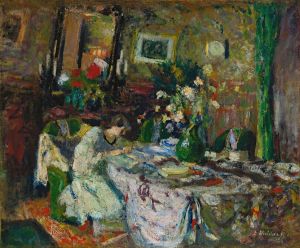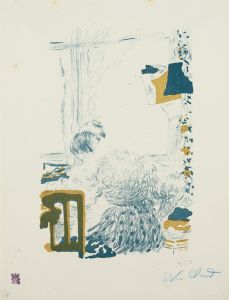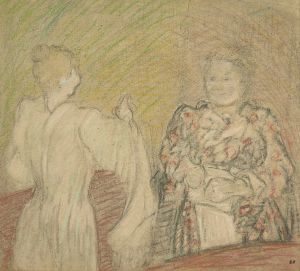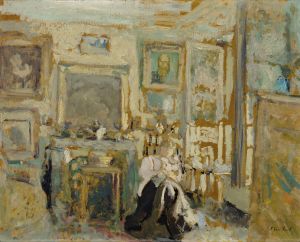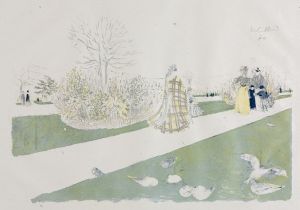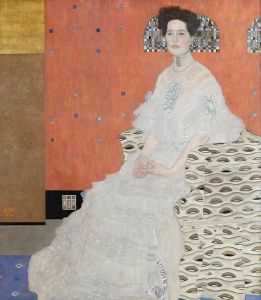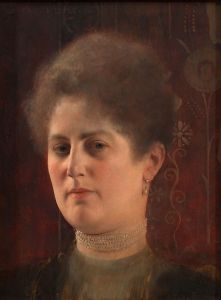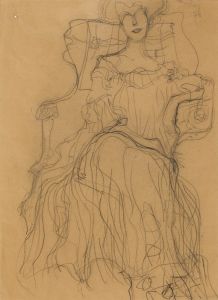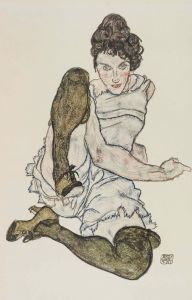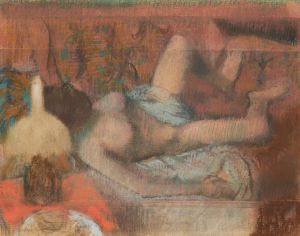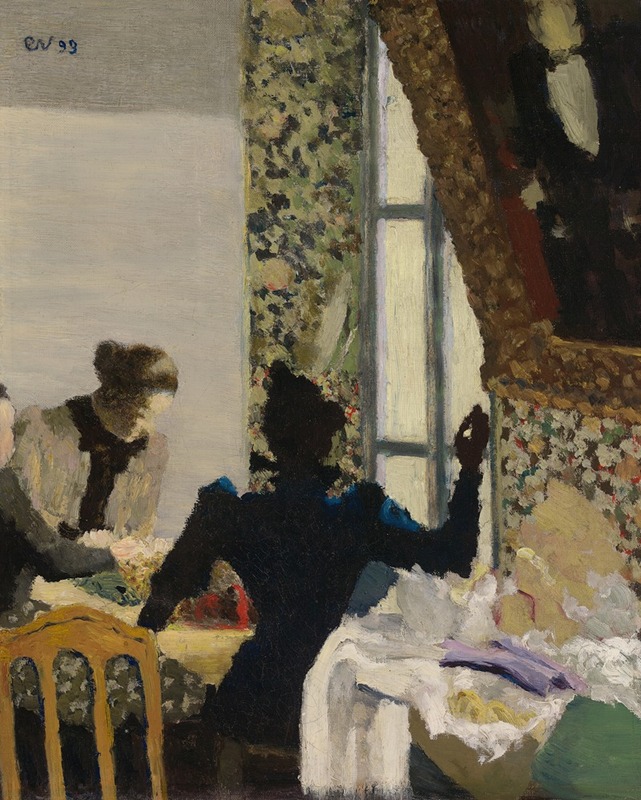
L’aiguillée
A hand-painted replica of Édouard Vuillard’s masterpiece L’aiguillée, meticulously crafted by professional artists to capture the true essence of the original. Each piece is created with museum-quality canvas and rare mineral pigments, carefully painted by experienced artists with delicate brushstrokes and rich, layered colors to perfectly recreate the texture of the original artwork. Unlike machine-printed reproductions, this hand-painted version brings the painting to life, infused with the artist’s emotions and skill in every stroke. Whether for personal collection or home decoration, it instantly elevates the artistic atmosphere of any space.
Édouard Vuillard's painting L’aiguillée (translated as The Threading of the Needle) is a notable work by the French artist, who was a prominent member of the Nabi group. Created in 1896, this painting exemplifies Vuillard's intimate and domestic style, which often focused on scenes of everyday life. The title refers to the act of threading a needle, a task that is central to the composition and reflects Vuillard's interest in capturing quiet, introspective moments.
The painting depicts a woman seated at a table, engaged in the act of threading a needle. The setting is an interior space, rendered with a warm and muted palette that is characteristic of Vuillard's work during this period. The composition is tightly framed, emphasizing the closeness and intimacy of the scene. Vuillard's use of pattern and texture is particularly striking in this piece, as he incorporates intricate designs on the wallpaper, tablecloth, and the woman's clothing. These decorative elements create a sense of harmony and unity within the painting, while also showcasing Vuillard's skill in blending figuration with abstraction.
Vuillard was deeply influenced by the Symbolist movement and the decorative arts, and these influences are evident in L’aiguillée. The painting does not aim to tell a specific story or convey a dramatic narrative; instead, it captures a fleeting moment of quiet concentration. This focus on the mundane and the personal reflects the broader goals of the Nabi group, who sought to move away from traditional academic painting and explore new ways of representing modern life.
The work also demonstrates Vuillard's interest in the interplay between figures and their surroundings. The woman in the painting appears almost absorbed into the patterns and textures of the room, blurring the boundaries between subject and environment. This approach reflects Vuillard's belief that art should evoke a mood or atmosphere rather than simply depict reality.
L’aiguillée is housed in the Musée d'Orsay in Paris, which holds an extensive collection of works by Vuillard and other artists of the late 19th and early 20th centuries. The painting is considered an excellent example of Vuillard's mature style and his ability to transform ordinary domestic scenes into works of profound beauty and complexity.





